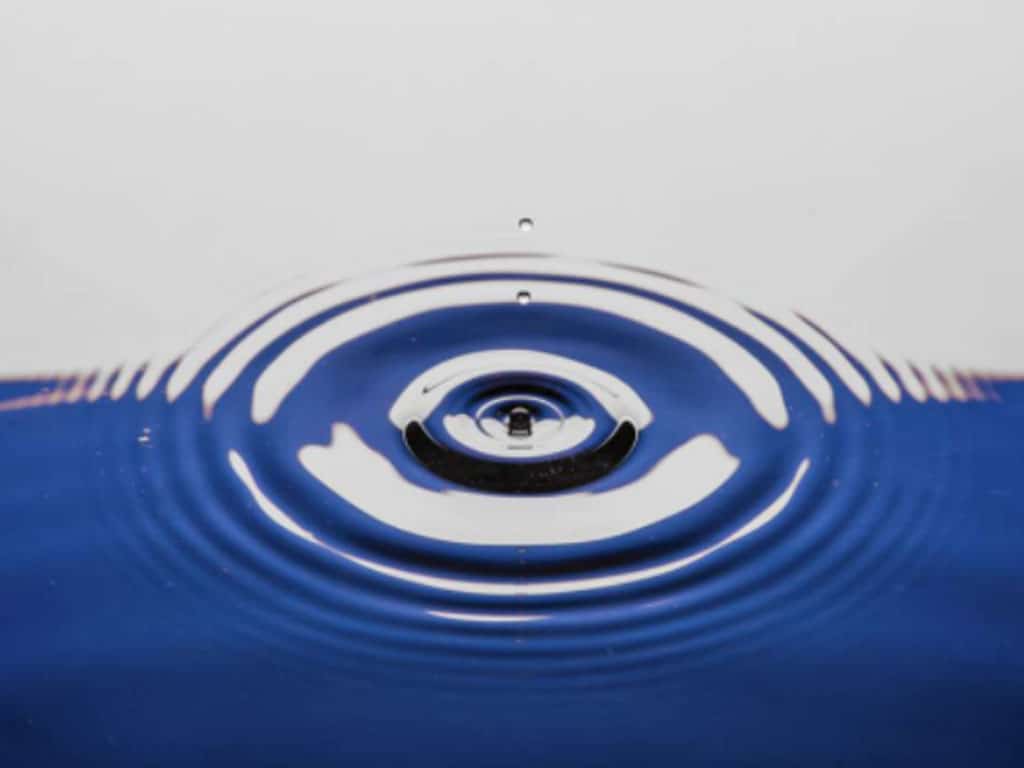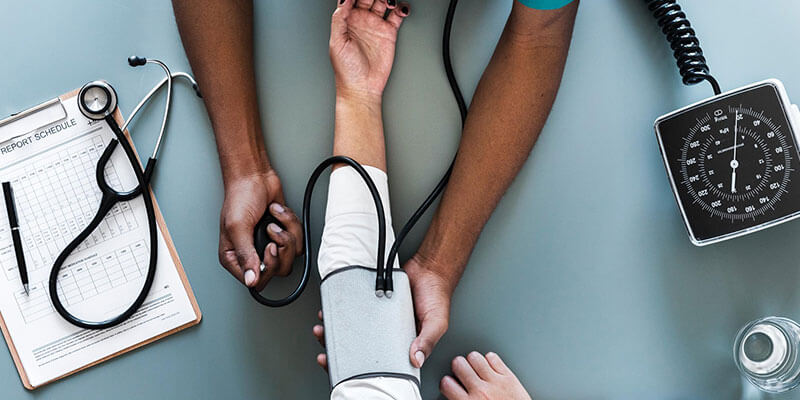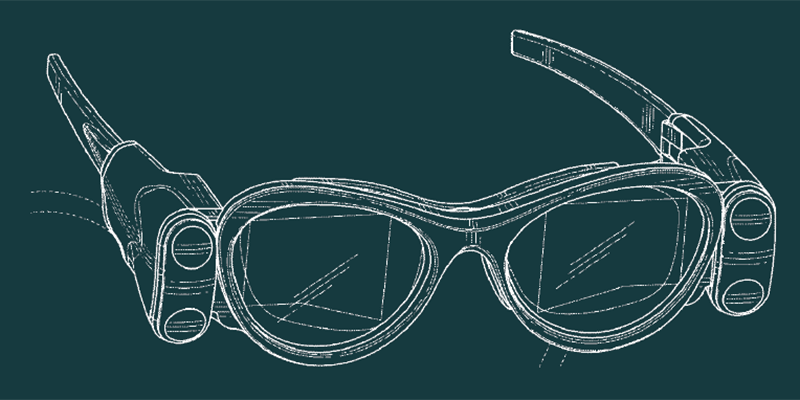A new wearable device can measure urine leakage and allow for better management and treatment of incontinence.
Researchers are seeking a patent for a device that precisely measures urine flow, a tool that could help urologists learn more about the causes of urinary incontinence and result in better treatments and management tools for this common condition.
Urinary incontinence, or involuntary loss of bladder control, affects millions of people in the U.S. alone, particularly older women and those who have given birth. But current tools to assess the problem are imprecise, according to a team of urologists and engineers who filed a patent application for a wearable uroflowmeter that measures urine volume and other flow characteristics. The U.S. Patent and Trademark Office published the application April 29.
Bladder accidents can strike when a person has a sudden urge to urinate, or leaks might occur when someone coughs or sneezes or they engage in activities such as jogging or tennis, according to John DeLancey, the Norman F. Miller Professor of Gynecology at the University of Michigan and one of the inventors.
DeLancey estimates that around 10% to 15% of women experience “bothersome incontinence” at some point in their lives, an often embarrassing problem that can limit people’s activities and social lives.
“Somebody, for example, who is leaking when they play tennis, may give up playing tennis; somebody who’s leaking when they run may give up running,” he explained. “Many older women who are worried will give up social activities.”
Current tools for measuring bladder leakage are imprecise or don’t capture the full scope of the problem during daily life, according to the inventors.
“The way that we currently look at urine flow rates is in a complicated laboratory with a lot of machines and people standing around and saying to the woman, ‘OK, urinate normally’ — which is impossible,” DeLancey told The Academic Times.
To help get a sense of how often someone leaks and which activities trigger incontinence, doctors may ask their patients to keep a diary, but these are often inaccurate because people forget to make entries or may not even notice small leaks. Another tool is pre-weighed pads, which women wear for a few hours and then reweigh to estimate how much pee was lost during that time. But this technique records only the total amount of urine leaked during a certain period, and not how many times leakage occurred.
“Being able to actually say, ‘At 2:17 in the afternoon, when somebody was doing these activities, they leaked 7 milliliters,’ is much more representative of what a patient experiences,” DeLancey explained.
To develop a more informative tool for measuring urine flow, DeLancey and his colleagues, with support from Procter & Gamble, developed the new uroflowmeter, which accurately measures the volume of pee that was leaked.
The wearable device is composed of a few different parts, said co-inventor Ali Attari, a postdoctoral research fellow in the Biomechanics Research Lab at the University of Michigan. A soft, thumb-sized silicone funnel attaches to the labia or penis so that it covers the opening of the urethra. During urination, pee flows through the funnel and past a channel that houses a sensor about the size of a grain of rice.
“The sensor has a teeny tiny heater, or filament,” Attari explained. “When the urine passes over that, it cools down. Based on that temperature fluctuation, we can tell if this was a 10 milliliters-per-second flow rate or if it was just a droplet. And then, by adding all those flow rates, we can tell over time how much urine was leaked.”
Processing these signals from the sensor and housing the battery, a unit is worn on the hip.
“It also detects the activity of the person, pretty much like your smartwatch,” Attari added. “It measures if you’re running or sitting.”
This information will give a clearer picture of what types of activities trigger incontinence events in a particular patient, which could inform management techniques. For example, women who leak when they sneeze or laugh sometimes benefit from training themselves to do a Kegel exercise, the tightening of the pelvic floor muscles, during these moments.
“You’ve probably had friends or aunts or mothers who’ve been prescribed Kegel exercises,” said James Ashton-Miller, a collegiate research professor of mechanical engineering at the University of Michigan and one of the patent’s co-inventors. “But we think that it’s more important to know when to contract them, not so much how strong they are. It’s like a skill or a knack.”
In the future, the novel uroflowmeter could also be fitted with a vibrating waistband that would remind a woman to do this exercise at the right time, the researchers say.
Although there are various surgeries that can help with urinary incontinence, DeLancey said that they’re not always effective because there is still a lot to learn about the urethra and the causes for leaks.
“It’s a very small organ, but it turns out that it’s more complicated than it looks. It’s not something that we think about when everything’s working well, but when it’s not working well, it can really affect your life in an adverse way,” Ashton-Miller added.
According to the inventors, precise measurements of urine flow and leakage in real time could help urologists better understand this part of the body, which could ultimately lead to better ways to treat and manage bladder leakage.
“A lot of our work in the next few years is to figure out how [the urethra] actually works and how age affects it and how different diseases affect it, so that these problems can be treated better,” Ashton-Miller said.
The application for the patent, “Uroflowmetry systems having wearable uroflowmeters, and methods of operating the same,” was filed Oct. 23, 2020 with the U.S. Patent and Trademark Office. It was published April 29 with the publication number US 2021/0121112 A1. The earliest priority date is Oct. 24, 2019. The inventors are Ali Attari, James A. Ashton Miller, John O. DeLancey, Mark A. Burns, Tana Marie Kirkbride, Edward Paul Carlin, Alexzandra Joan Ramachandran and Carol A. Day. The applicants listed are The Regents of the University of Michigan and The Proctor and Gamble Company.
The article “This wearable device could help doctors diagnose and treat bladder problems”, written by Asher Jones was first published in the Academic Times. Parola Analytics provided the technical research for this story.






